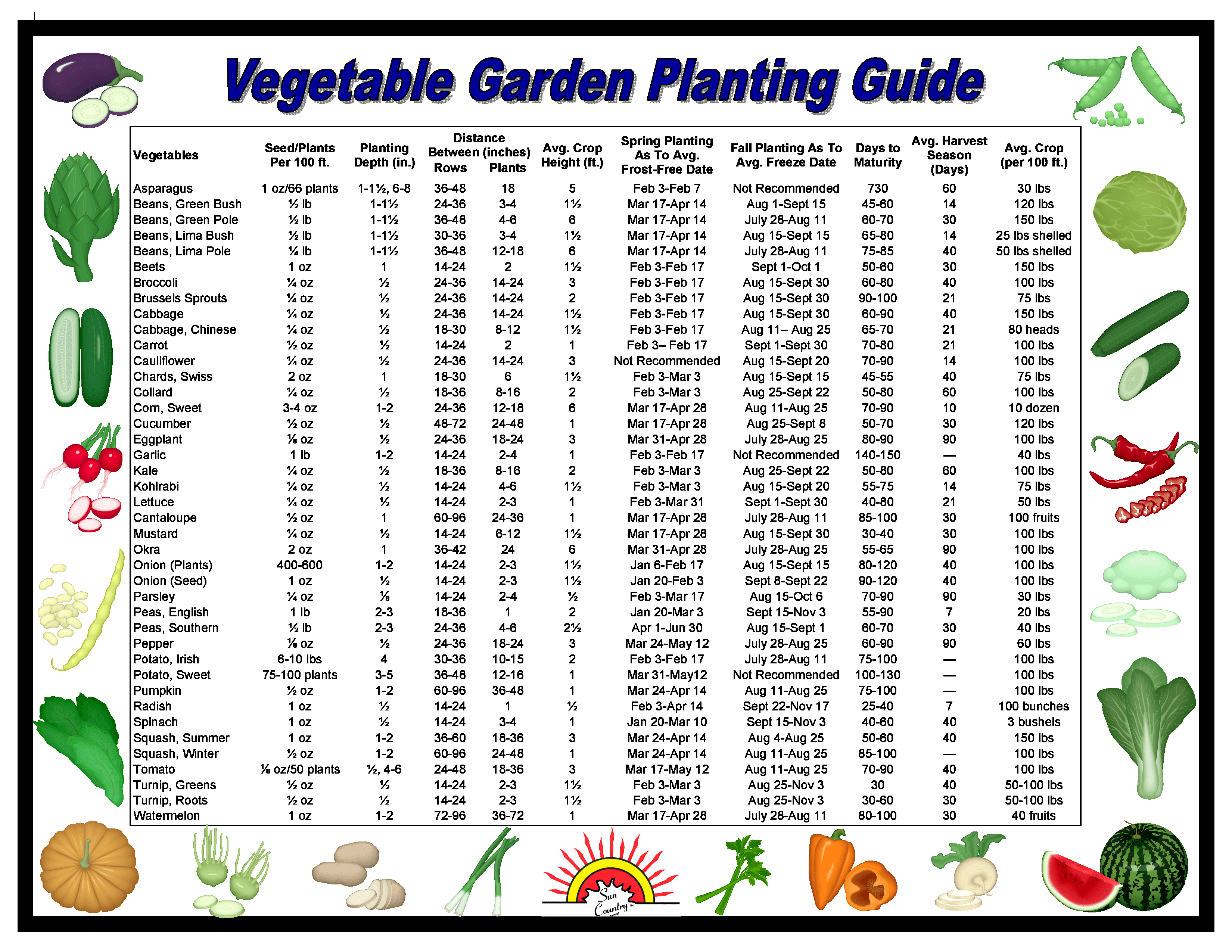So, you're dreaming of crisp autumn air and a garden overflowing with fresh, homegrown veggies? Well, in South Texas, fall gardening is a unique beast. Forget pumpkin spice lattes and cozy sweaters—we're talking about navigating the lingering summer heat and unpredictable weather patterns to cultivate a thriving fall garden. Timing is everything, and knowing precisely when to plant your fall garden in South Texas is the key to success.
Unlike other regions, our "fall" can feel more like a second spring. The milder temperatures and shorter days offer a welcome respite from the scorching summer, but they also present specific challenges for gardeners. Figuring out the best time to plant can feel like trying to decipher ancient hieroglyphs, but fear not, intrepid gardener! We'll break down the secrets to successful South Texas fall gardening.
The ideal planting window for a fall garden in South Texas is typically from late August through October, depending on the specific crop and your local microclimate. This window allows plants to establish strong root systems before the first frost, typically in late December or early January. Starting too early can expose young seedlings to intense heat, while starting too late may limit their growth before winter sets in.
Historically, South Texas residents have relied on fall gardens to supplement their food supply during the cooler months. Traditional crops include leafy greens like spinach and lettuce, root vegetables like carrots and radishes, and cool-season favorites like broccoli and cauliflower. Understanding this historical context helps us appreciate the importance of timing and crop selection in maximizing our autumn harvest.
One of the biggest issues facing South Texas fall gardeners is the lingering summer heat. While the calendar may say "fall," the thermometer often disagrees. This can lead to heat stress for young seedlings and make it challenging to establish a thriving garden. Careful planning, proper watering, and selecting heat-tolerant varieties are crucial for overcoming this obstacle.
Choosing the right crops is essential for a successful fall garden in South Texas. Cool-season crops thrive in the milder temperatures and shorter days of autumn. Some popular choices include spinach, lettuce, kale, carrots, beets, radishes, broccoli, cauliflower, cabbage, and Swiss chard. Warm-season crops like tomatoes and peppers can also be planted in early fall for a late harvest, provided they receive enough sunlight and warmth.
Benefits of fall gardening in South Texas include extended growing seasons, fewer pest problems due to cooler temperatures, and the opportunity to enjoy fresh, homegrown produce well into the winter months. For example, planting spinach in early fall can provide a continuous supply of fresh leaves throughout the winter.
A successful fall garden requires careful planning and execution. Start by selecting the appropriate crops, preparing your soil, and ensuring adequate watering. Monitor weather conditions closely and adjust your planting schedule accordingly. For example, if an early cold front is predicted, you may want to delay planting more sensitive crops.
Advantages and Disadvantages of Fall Gardening in South Texas
| Advantages | Disadvantages |
|---|---|
| Extended growing season | Lingering summer heat |
| Fewer pest problems | Unpredictable weather |
| Fresh produce in winter | Potential for early frost |
Best practices include selecting the right location with ample sunlight, preparing the soil with compost or other organic matter, using mulch to retain moisture and suppress weeds, and monitoring for pests and diseases. Regularly watering your garden, especially during dry spells, is also crucial for optimal growth.
Frequently Asked Questions: When should I plant spinach in South Texas for a fall garden? What are the best fall crops for South Texas? How do I protect my fall garden from frost? When should I start seeds indoors for my fall garden? How do I prepare my soil for fall planting in South Texas? What are the common pests in a South Texas fall garden? How often should I water my fall garden? What are the best fertilizers for fall gardening in South Texas?
Tips and tricks for South Texas fall gardening include using shade cloth to protect seedlings from intense sun, utilizing raised beds for better drainage, and practicing succession planting to ensure a continuous harvest. Consider using a soil thermometer to monitor soil temperature, as this can be a more accurate indicator of planting readiness than air temperature.
In conclusion, knowing when to plant your fall garden in South Texas is crucial for reaping a bountiful harvest. By understanding the unique challenges and opportunities presented by our climate, selecting the right crops, and following best practices, you can enjoy fresh, homegrown produce throughout the fall and winter months. The benefits of extended growing seasons, fewer pests, and access to fresh, healthy vegetables make fall gardening a rewarding endeavor. So, get out there, embrace the cooler weather, and start planning your South Texas fall garden today!
when to plant fall garden in south texas - Trees By Bike
30 Texas Front Yard Landscape Ideas - Trees By Bike
When To Plant Fall Garden In Alabama at Adrienne Kaiser blog - Trees By Bike
Flower Seeds To Start In August at Kristi Poe blog - Trees By Bike
North Texas Garden Calendar - Trees By Bike
Large Flowering Shrubs For Full Sun Australia at Claude Acosta blog - Trees By Bike
What Plants Are Best For Zone 9A at Leon Moore blog - Trees By Bike
What Vegetables To Plant In Summer In Brisbane at Marilyn Medellin blog - Trees By Bike







